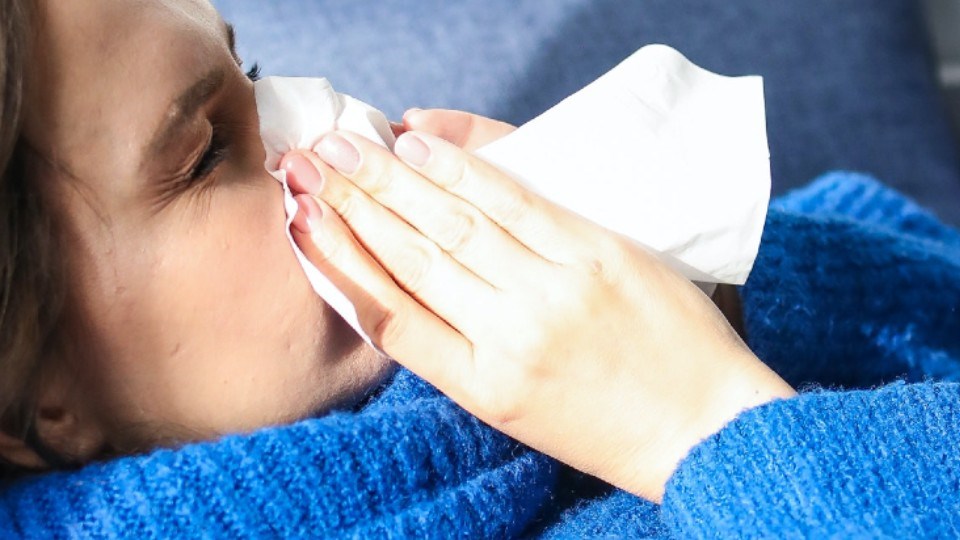Claire Latour said her four-year-old son is now afraid to go to a doctor after going through several COVID-19 tests over the past year.
The Newmarket resident said he has ear problems, resulting in a side effect of a regular runny nose. The symptom was previously part of COVID-19 screening across Ontario, meaning throughout the last year, her son has either had to get a COVID-19 test or be isolated out of daycare for 10 days.
The province decided to exclude the symptom in its updated screening tool Aug. 2, but York Region Public Health reinstated it for local screening Sept. 1. Latour said her son has yet to have a positive COVID-19 test.
“They had to actually hold him down,” she said of the last time he had to go get a COVID-19 test Sept. 18 due to a runny nose. “He screamed and screamed, and he doesn’t want to go see a doctor ever again.”
Three weeks into the school year, some parents said they are concerned about York Region’s policy of including a runny nose in its COVID-19 screening tool, even though the province has eliminated it. York Region is still requiring individuals with runny noses be pulled out of school and either get a PCR COVID-19 test at an assessment centre or isolate for 10 days.
Alexandra Gordea said her daughter started Grade 1 this year but was pulled out of the after-school centre because of a runny nose. She said it is unfair that people in York Region have to face this measure, while parents in the rest of the province do not.
“It was really hard for my daughter,” Gordea said of getting tested. “That (test) is extremely deep for the children."
York Region director of corporate communications Patrick Casey said the public health unit has maintained the runny nose symptom — as well as the sore throat symptom also removed by the province — in their screening “out of an abundance of caution.”
“Over the 2020-2021 school year and this past summer, we had outbreaks declared where the index case’s first symptoms were minor, such as a sore throat or runny nose, and was later confirmed COVID-19 positive,” Casey said. “We are using this more conservative approach to keep COVID-19 out of our schools to preserve in-person learning as much as possible by avoiding preventable dismissals.”
Public health departments across the province are working to combat COVID-19 in school and child care settings after they reopened this month. York is facing seven outbreaks with 26 active student cases at schools where COVID-19 has spread, and 42 schools are under surveillance with 59 cases confirmed as of Sept. 29.
Gordea said she would like to see requirements reduced to allow for less-intensive rapid testing.
“I understand why York Region said runny nose should be a symptom,” she said. “But at the same time, I really think schools should be provided with quick testing. If you want to test children often, which you have to, don’t do the deep into your brain test.”
Casey said York Region understands the impact of frequent testing on children, but it is a needed measure.
“Given the delta variant’s relentless targeting of the unvaccinated and many who are vulnerable, including children not yet eligible to receive a vaccine, we need to be united in our fight against COVID-19,” he said.
Latour said being in school makes a big difference for her son, and it has helped him learn to speak better. She added she is worried about the possible long-term impact of children’s perceptions of doctors.
“What are we going to do when kids actually need a doctor, and they are terrified to go?”



